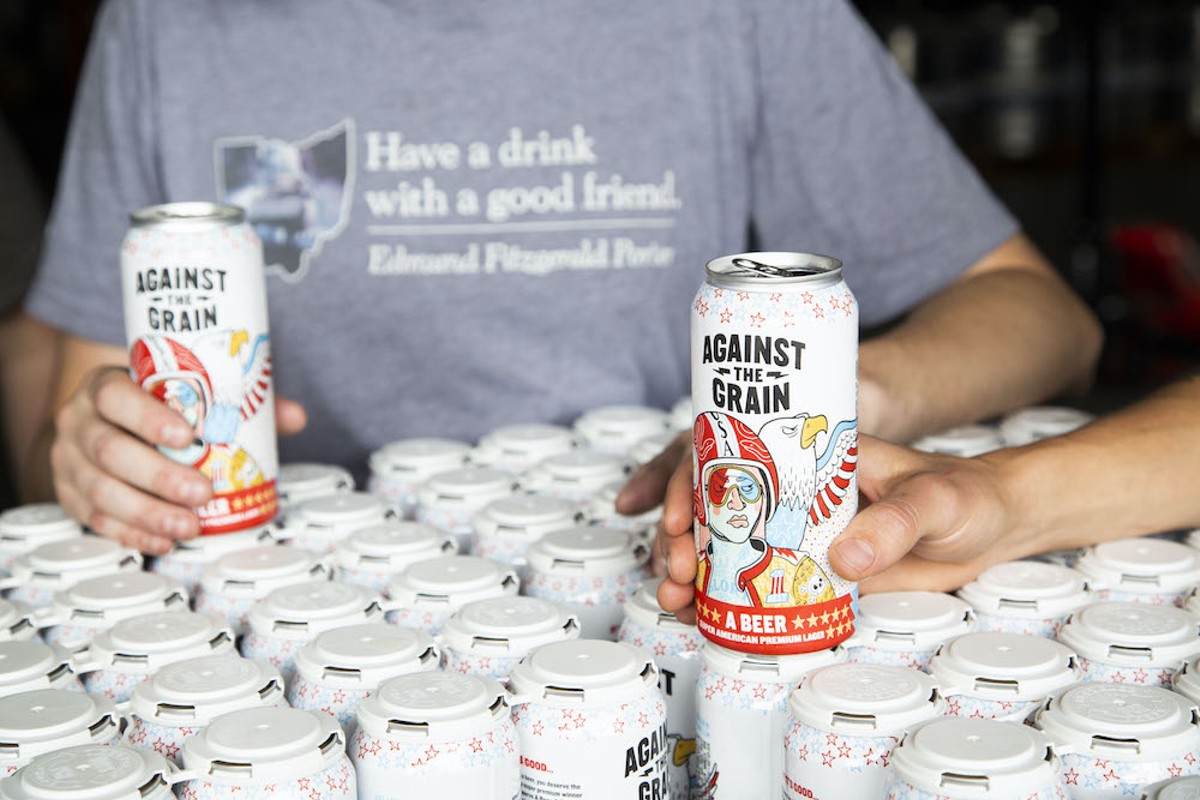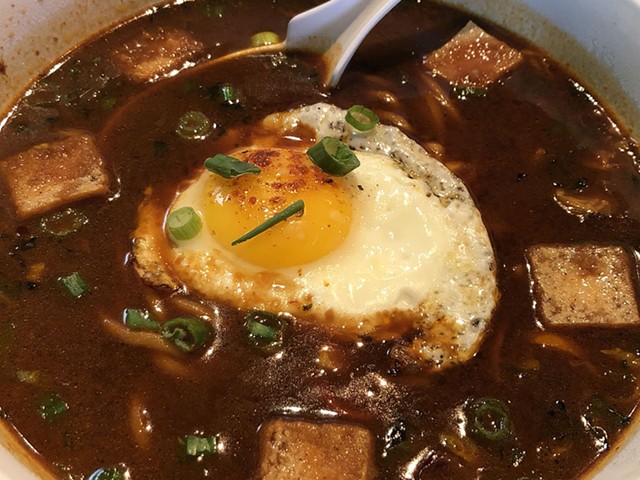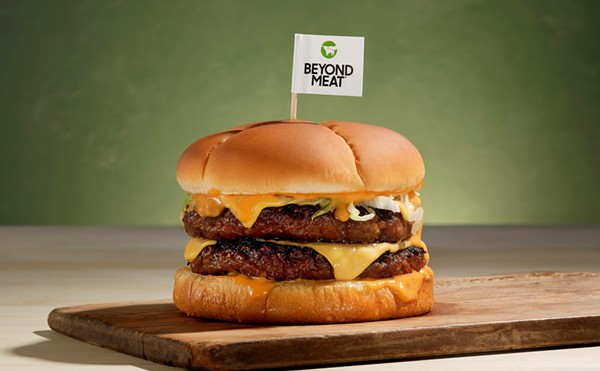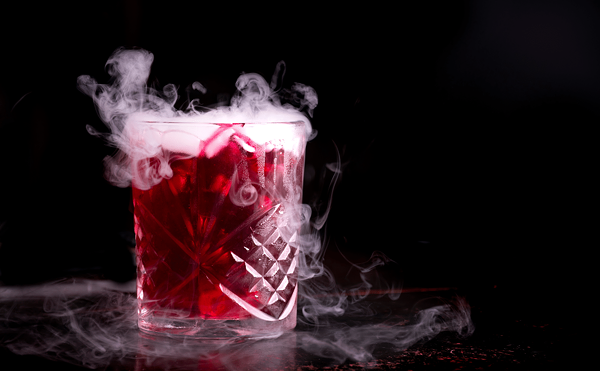Breweries buying breweries is becoming almost as common as inexplicable Trump tweets. New Belgium Brewing Co. recently shocked the craft beer world when it announced its sale to Lion Little World Beverages (Japan). Prior to that was the Dogfish Head Craft Brewery/Samuel Adams (Boston Beer Co.) merger (which still has us scratching our heads if we’re being honest). Before that, Lagunitas Brewing Co. sold out to Heineken. And of course — the Sith Empire of beer — AB InBev (the mothership of Anheuser-Busch and controller of nearly 30% of the global beer market) has been buying up craft breweries like a kid in a candy store with a stolen credit card. Goose Island Beer Co., Elysian Brewing Co., Wicked Weed Brewing and most recently Kona Brewing Co. have all been seduced by the dark side.
Will this pattern ever stop or slow down? Or, is this just the way that this new craft brew era will continue to evolve? How will our favorite local watering holes be impacted? Should we just resign ourselves to the idea that there will soon be one mega brewery to rule them all?
To answer these questions, we must first start with why brewery consolidation is happening:
1) Industry Growth & Brewery Margins. The total number of breweries in the U.S. has roughly doubled from 3,800 just 10 years ago to nearly 7,500 today, according to the Brewers Association, or BA. However, the BA also reports that craft beer’s share of the total market has only grown to 24.1% from 19.3% in the same time frame. That’s a pretty thin slice of the beer-drinking pie to divide up among so many takers. Add to that the fact most breweries operate on a 20% gross margin, which is downright slim by many business standards.
2) Big Beer’s Buying Motivation. A recent analysis of the financials behind AB InBev’s shopping spree of small breweries reveals motives a bit more cunning than just trying to buy into the craft market. By strategically buying regional breweries, AB InBev is applying price pressure to the other operators in those markets, all toward the goal of elevating the perception of its core brands. A $7 six-pack of Bud Light sitting next to an $11 six-pack of local craft beer can make the former look “cheap.” By driving down the cost of craft, it is chipping away at this price differential to protect its brand equity.
Taken in combination, these facts mean it’s becoming more and more difficult to run a successful, independent brewery. Space on the shelves or a tap at your favorite watering hole are becoming harder to capture, as the big guys just have more sway with distributors. Many small brewers find they need to partner up with someone who has deeper pockets and/or better representation in the marketplace just to stay afloat. And the wider supply chain base and economies of scale offered by larger breweries have huge cost advantages for a small outfit.
I know that we and probably some other craft beer fans out there tend to romanticize the business of brewing. But, at the end of the day, we have to remember that it is just that — a business — and sometimes business owners are forced to make tough choices that aren’t that romantic. Furthermore, Jerry Gnagy of Against the Grain Brewery, or AtG, pointed out that for some brewers, a partnership with a larger outfit is attractive precisely because it allows the creative guys to focus more on their craft while the business guys handle the boring and often mind-numbing business stuff.
Do we really have one über-brewery to rule them all on the horizon? Probably not. While a certain amount of consolidation is inevitable in this business, there are actually some forces that push against the trend and leave an opening for small brewers to shine:
1) Nimbility (yeah, we made that up): On average, the top four companies in a given industry will control 36% of the market. However, in the beer world, the top four companies command roughly 90% of the total market, making them stand out like Shaquille O’Neal in the locker room at Churchill Downs. The downside to this? As Gnagy reminded us, a cruise ship is much harder to steer than a speed boat. In other words, there are some aspects of brewing that just do not scale up well, leaving smaller breweries more flexible and able to quickly adapt to market changes and consumer trends.
2) Community Connection & Service. Brewing beer for your community is not just about the product, it’s largely about the customer experience that can be found in the local taproom. Small breweries can form close connections with local restaurants and bars and, in some cases, can even partner with local farmers to source their ingredients. Even Against the Grain — whose beers can be found in 43 states and upward of 25 countries — saw the consolidation storm coming two or three years ago and made the decision to “drill into the bedrock” and focus on home. The opening of AtG’s “Public House” in the former Cumberland Brews space on Bardstown Road, as well as the fact that its popular A Beer was distributed only in Kentucky, are just a few examples of its commitment to our community.
What do we, as craft-focused beer drinkers do about these trends?
Drink local.
Identify those breweries that you appreciate for their craft and support them.
Get your friends to support them.
Maybe we shouldn’t be as quick to judge a brewery as a sellout when it partners up, but we’ll definitely continue to keep a wary eye on Big Beer. And, if your favorite brewery does get bought out, well, the best you can do is have a beer and try not to worry. •






